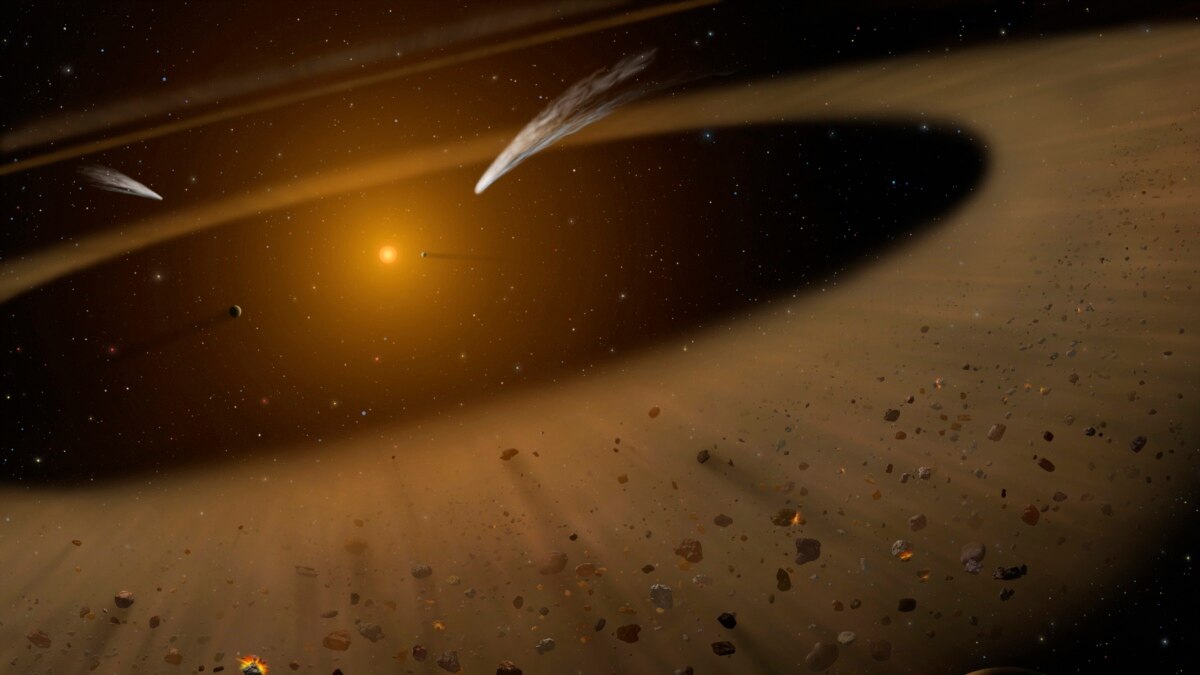On January 8, 2014, at 17:05:34 UT, an approximately meter-sized rock from space streaked through the sky off the coast of Manus Island, Papua New Guinea. It had energy of around 110 metric tons of TNT. It fell into the Pacific Ocean. It was thought to have come from interstellar space.
The data for these events includes dates, times, latitudes, longitudes, altitudes, speeds, three-dimensional velocity components, and energies for each.
The academic adviser at Harvard, astrophysicist Avi Loeb, brought the CNEOS fireballs catalog to my attention.
The CNEOS entry for the 2014 Manus Island fireball indicated the meteor hit the Earth’s atmosphere at about 45 kilometers per second. However, some of this speed came from the object’s motion relative to the Earth and the Earth’s motion around the sun. it was found that the object had overtaken the Earth from behind before striking our atmosphere, and likely had a sun-relative speed closer to 60 kilometers per second.

They reverse-engineered estimates of the classified satellites’ measurement errors, using independently verified data on other fireballs in the CNEOS database and elsewhere in the scientific literature.
Plugged into our error analysis, this implied an interstellar origin with 99.999 percent certainty, but the paper was again turned down by referees, who raised objections about the fact that the statement about uncertainties was a private communication with an anonymous U.S. government employee, and not an official statement from the U.S. government, which Heavner had difficulty in procuring.
The 2014 meteor is also the first recorded interstellar object to be detected in the solar system, predating ‘Oumuamua by over three years, and is one of three interstellar objects confirmed to date, alongside ‘Oumuamua and the interstellar comet Borisov.

Meteor databases are ready for follow-on searches, and new motivations exist for building new sensing networks, with a focus on detecting future interstellar meteors.
They are currently investigating whether a mission to the bottom of the Pacific Ocean off the coast of Manus Island could be fruitful or even possible. Any sufficiently large interstellar meteor discovered in the future should also produce a shower of debris, which we could potentially track down and analyze.


